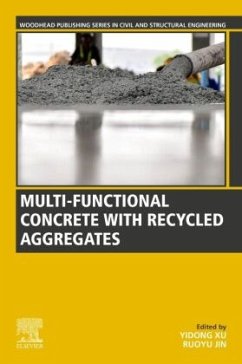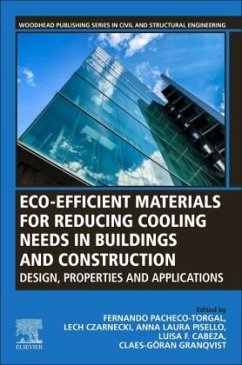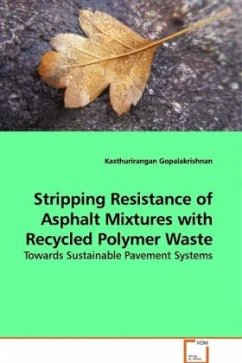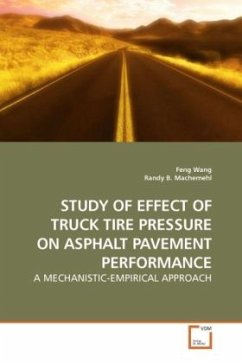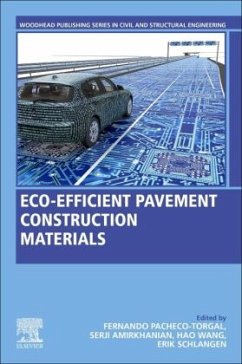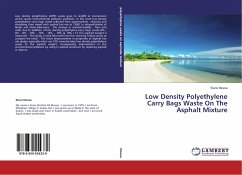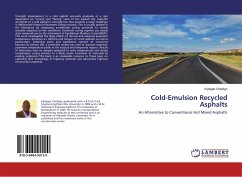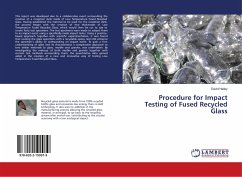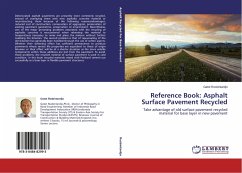
Reference Book: Asphalt Surface Pavement Recycled
Take advantage of old surface pavement recycled material for base layer in new pavement
Versandkostenfrei!
Versandfertig in 6-10 Tagen
34,99 €
inkl. MwSt.

PAYBACK Punkte
17 °P sammeln!
Deteriorated asphalt pavements are presently more commonly recycled, instead of overlaying them with new asphaltic concrete material or reconstructing them because of the following reasons/advantages: reduced cost of construction, conservation of aggregate, preservation of existing pavement geometrics, preservation of environment. Nevertheless, one of the major processing problems associated with the recycling of asphaltic concrete is encountered when reheating the material to temperatures necessary to remix and place the mixture without further oxidizing the bitumen. The second problem is tha...
Deteriorated asphalt pavements are presently more commonly recycled, instead of overlaying them with new asphaltic concrete material or reconstructing them because of the following reasons/advantages: reduced cost of construction, conservation of aggregate, preservation of existing pavement geometrics, preservation of environment. Nevertheless, one of the major processing problems associated with the recycling of asphaltic concrete is encountered when reheating the material to temperatures necessary to remix and place the mixture without further oxidizing the bitumen. The second problem is that of rejuvenating of the old bitumen has generally been handled through the use of soften agents. Whether their softening effect has sufficient permanence to produce pavements whose service life properties are equivalent to those of origin bitumen or their effect will be of a shorter duration as the more volatile components within these additives are lost from the pavement. To avoid those problems, the recycled material of surface pavement is used in cold condition. In this book recycled materials mixed with Portland cement use successfully as a base layer in flexible pavement structures.



